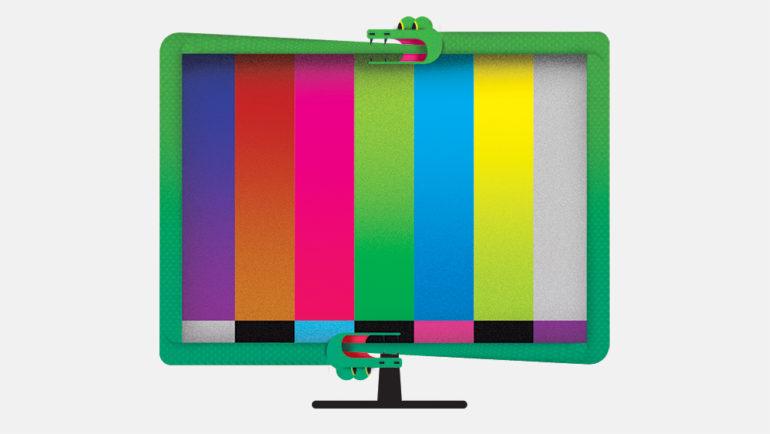Asia Pay-TV Heads for Consolidation as Growth Falters (Report)
By Patrick Frater
LOS ANGELES (Variety.com) – Corporate consolidation is increasingly likely, as the pay-TV sector in Asia loses momentum, and consumers turn to video content from OTT suppliers and to piracy, according to a report from research and consultancy firm Media Partners Asia.
“Consumer demand for traditional pay-TV has been forever impacted by high-speed broadband. These trends have intensified downward pressure across Asia’s pay-TV ecosystem, especially in Southeast Asia, led by Singapore and Malaysia, alongside secular shifts in Australia and New Zealand. This will accelerate consolidation as well as major shifts in how channels and content are marketed and sold,” said the firm’s executive director Vivek Couto, introducing the firm’s Pay-TV Networks Channel Database report.
Couto identifies the first wave of consolidation as Disney buying Fox, and AT&T buying Warner’s branded networks Turner and HBO. He says its effects will “play out with momentum across Asia-Pacific over the next year.” He forecasts that “future consolidation and rationalization will be defined by global moves and M&A possibilities involving large assets in India,” which is the most profitable segment of the pay-TV business in the Asia-Pacific region.
The course towards consolidation in Asia is unlikely to be straightforward. Unconfirmed Indian media reports suggest that this week Sony, already the second largest pay-TV group in India, may have halted its bid to buy a major stake in Zee Entertainment Enterprises that had been put up for sale by Subhash Chandra. Other bidders are believed to include Comcast in partnership with an investment company Altairos, and Apple.
The report suggests that Discovery, CBS, Viacom, A+E, Sony and Universal (Comcast) are now competing for the Asian consumer wallet with an increasingly scalable Disney and a newly integrated WarnerMedia within AT&T.
That internecine rivalry, together with the stiffening competition against OTT players, and pirates, are already causing changes in the way that channels and services are sold. In Singapore, HBO Asia recently ended its exclusive relationship with StarHub, cut its prices, launched a direct-to-consumer business through its app.
Asian streaming service, Hooq responded by expanding its carriage and billing relationship with co-owner Singtel. It also counts and Sony as backers.
The Media Partners Asia report, which covers 13 major pay-TV network groups, showed that Asia Pacific revenues grew by just 1% in 2018 to reach $4.9 billion and that pre-tax earnings fell by 5%. Leaving out Star India and Sony India, sector earnings would have dropped 8% last year.
(In contrast streaming video revenues in Asia grew 40% in 2018 to total $8 billion, with online video advertising comprising more than $5 billion and subscription revenue growing at 50% to surpass $2.8 billion. The OTT estimates exclude insular China.)
If revenues from Star and Sony India are excluded from the pay-TV outlook, Southeast Asia contributed 32% of regional revenue in 2018 in Asia-Pacific (where the market leaders are Disney-Fox, WarnerMedia and BeIN); followed by other operators in India (Disney, Discovery and WarnerMedia) with a 16% revenue share; followed by Japan with 16% (Disney, Discovery, WarnerMedia and Viacom) and Hong Kong & Taiwan, and Australia & New Zealand contributing 10% each.
Factual and lifestyle channels had the biggest share of revenue by genre, closely followed by kids channels — 21% each – ahead of English-language general entertainment (17%), sports (15%), English Movies (12%), Asian entertainment (9%), news (3%), and music (2%).

